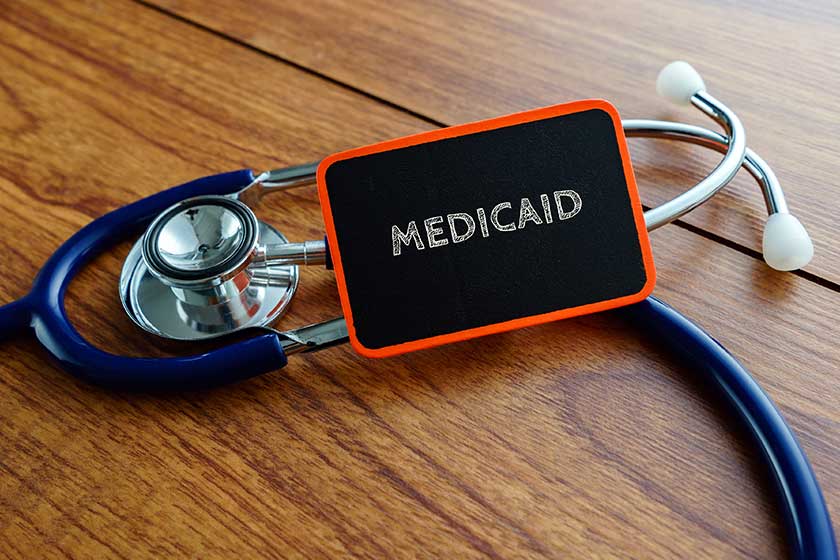Your loved ones might live in an assisted living community if they wish to keep their independence but require assistance with household chores and activities of daily living (ADLs), such as bathing, dressing, using the toilet, eating, and walking/transferring.
However, it may be quite difficult for families of loved ones who require daily assistance with non-medical custodial care services to pay for these services. Obtaining financial assistance for assisted living may be difficult, although most state Medicaid programs do provide some sort of financial assistance. It is important to keep in mind that Medicaid does not pay basic room and board the same way it does for patients in nursing communities.
The article elaborates what’s covered and what’s not in Medicaid for assisted living.
What Medicaid Covers in Assisted Living
Medicaid will cover a variety of services, depending on the state and the exact program your loved ones apply for. Despite the fact that the approaches taken to deliver them vary widely, all states offer some kind of personal care services (assistance with ADLs). For instance, several state Medicaid programs provide personal care assistance to loved ones who qualify, but not in communities that provide assisted living.
However usually, the following are the primary services offered by the majority of Medicaid programs in an assisted living community:
- Services for personal care
- Housekeeping services
- Managing cases
- Transportation
- Emergency response systems for individuals
Qualifying for Medicaid to Pay for Assisted Living
Ongoing treatment Medicaid is a federal-state collaboration program that makes it possible for elderly and disabled persons with low incomes to get the care they need. Certain income and asset limits may be applicable depending on the kind of care required, your loved ones’ medical diagnosis, where they live, and their marital status. Highlighting on, a medical expert’s certification that your loved ones’ care in an assisted living community is “medically essential” is necessary.
If your loved ones meet all financial and functional requirements, they must then choose an assisted living community that takes Medicaid as payment. This final stage may be difficult since there are frequently few Medicaid-certified assisted living communities owing to low reimbursement rates. There might not be enough beds available for Medicaid patients if a community does take this form of payment. The best place to begin your search for a Medicaid community is through the Area Agency on Aging that is nearest to you.
Be aware that there are several names for assisted living, including adult foster care, board and care communities, residential care, group communities, personal care communities, and memory care communities. It will be much simpler to comprehend qualifying requirements, submit an application, and choose a care community if you are familiar with the language used in your state.
Paying for Room and Board in Assisted Living
Medicaid only covers low-income loved ones, so it makes sense that beneficiaries typically struggle to afford the remaining costs of board and lodging in an assisted living community. However, some governments do take measures to help Medicaid beneficiaries make ends meet. For instance, assisted living communities are restricted from charging Medicaid patients more than a certain amount for lodging in several states. There are also non-Medicaid programs that can be utilized to help with expenditures, such as optional state subsidies and Supplemental Security Income. Searching for financial assistance through private initiatives and organizations is an additional option. Last but not least, veterans and their surviving spouses may be qualified for a VA pension to help with long-term care costs.







